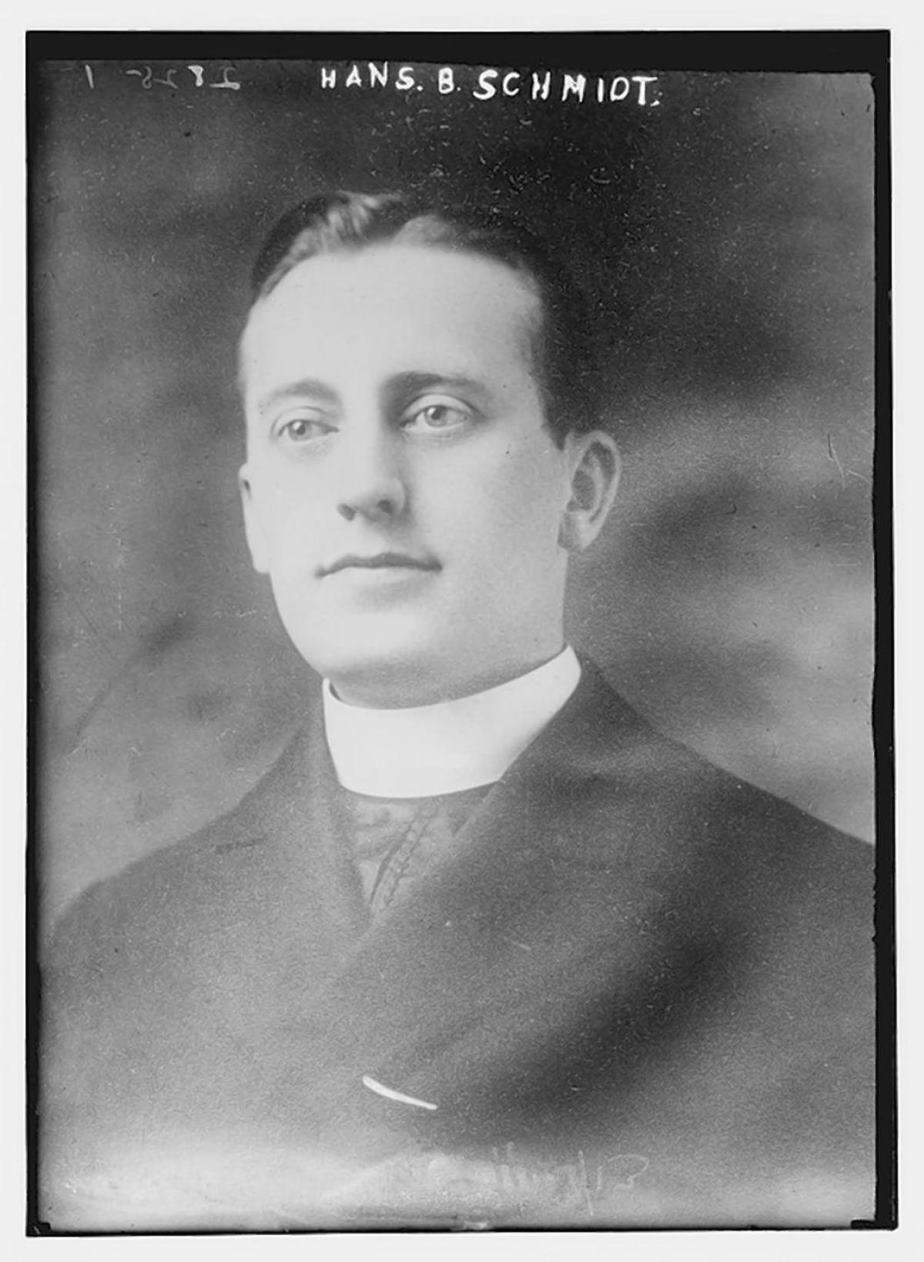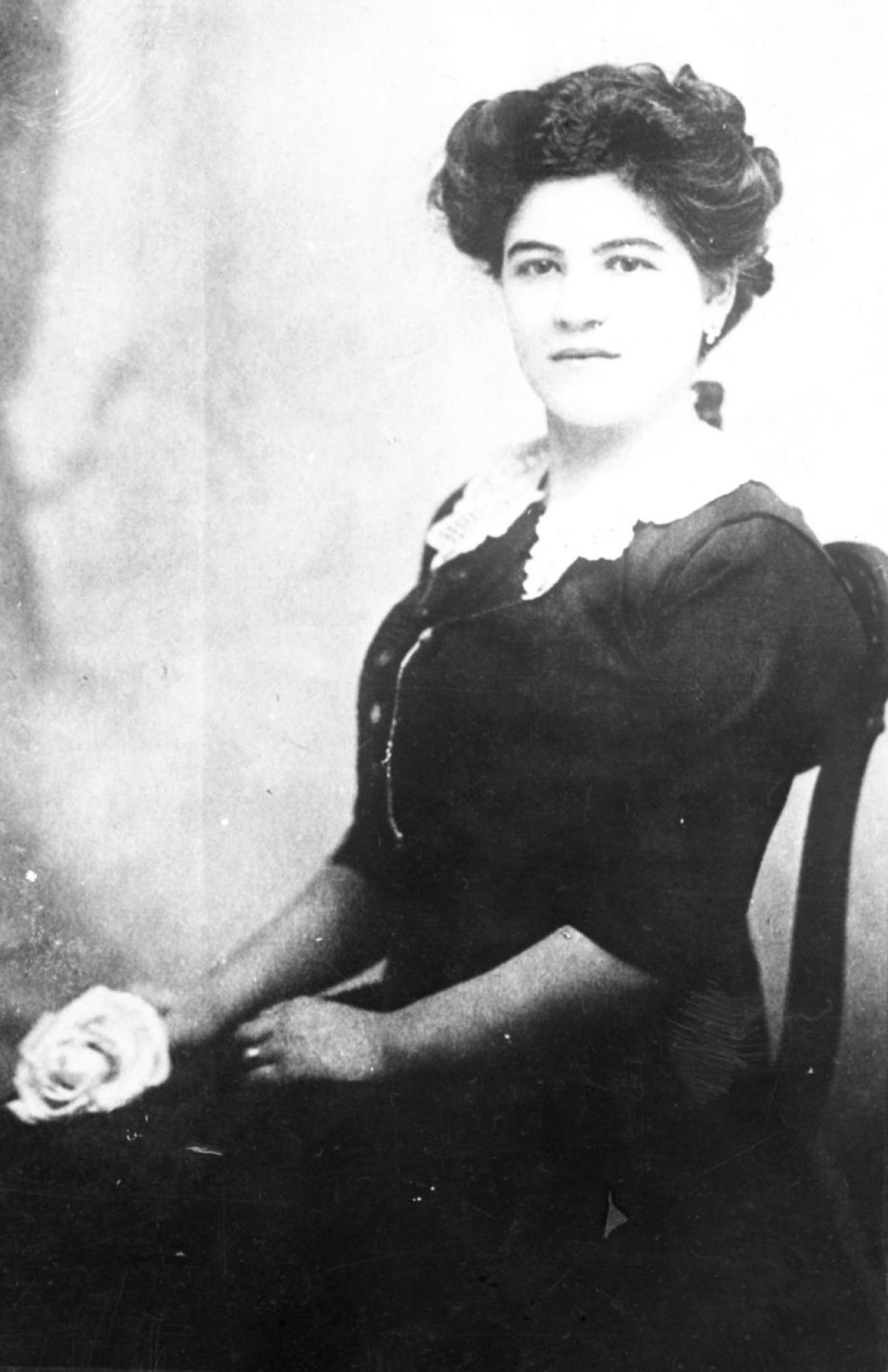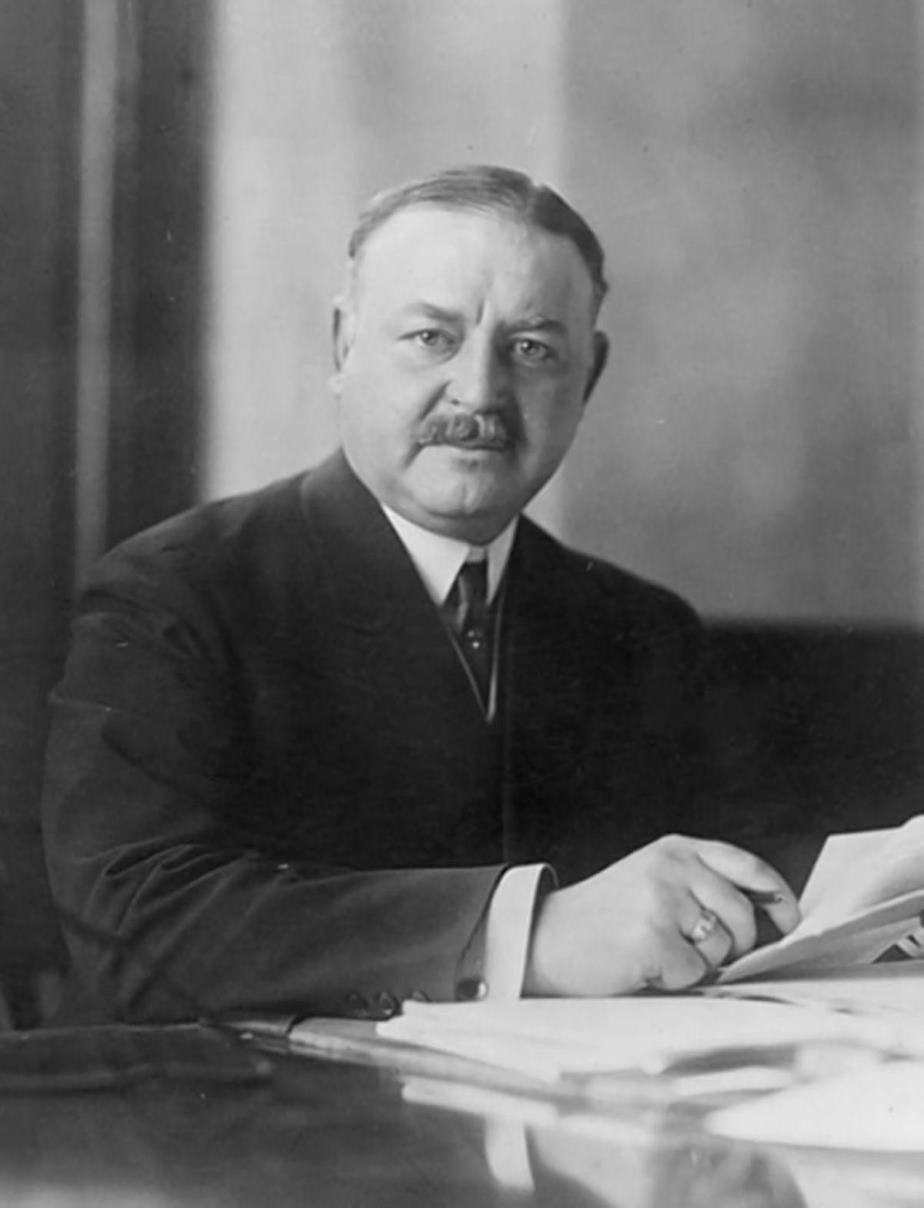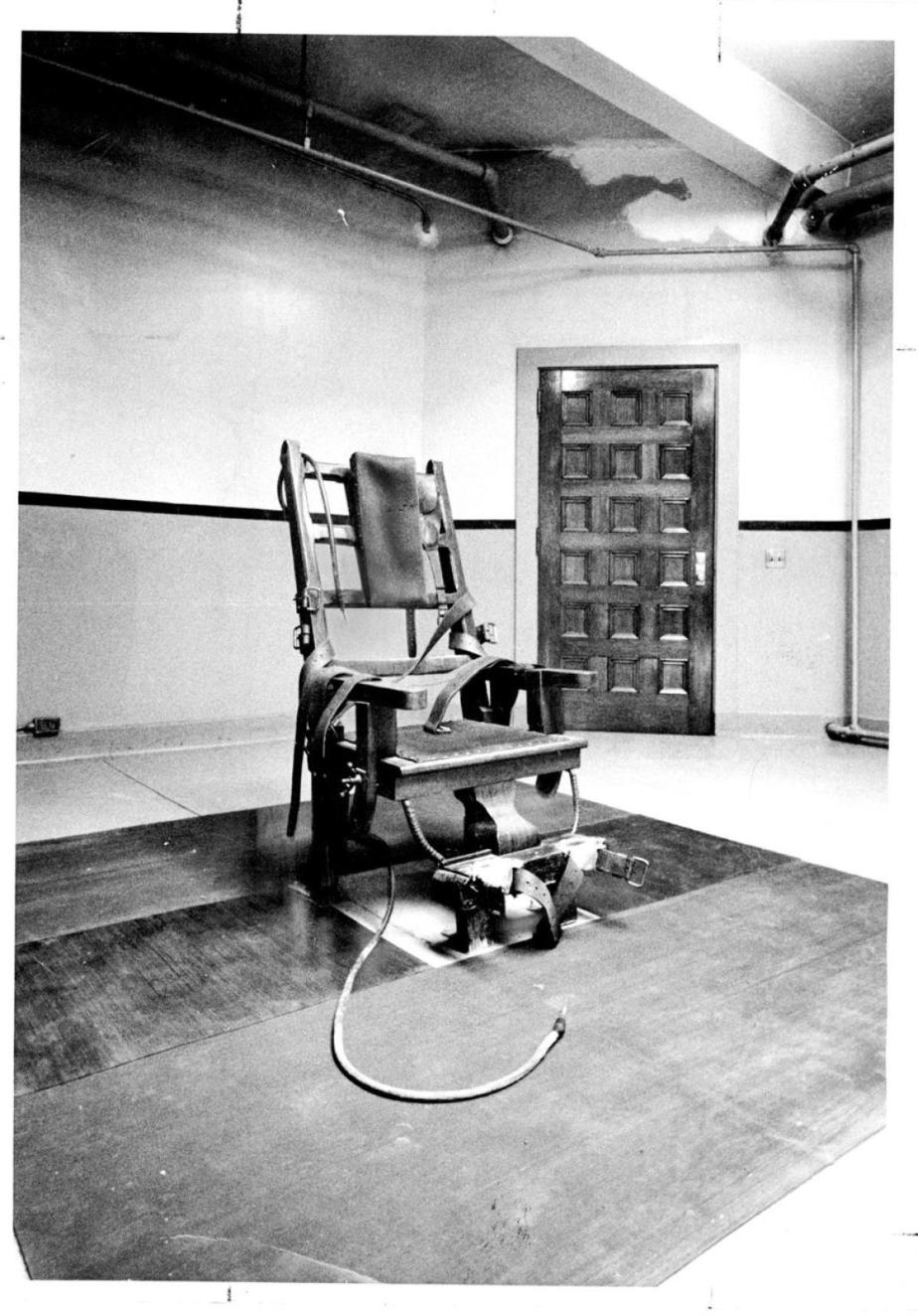|
‘Holy-crazy’ priest who dumped body parts in Hudson is only chaplain to get the chair in U.S.
By David J. Krajicek
On Sept. 5, 1913, neatly bound bundles of body parts sawn with surgical precision began washing up on the New Jersey shore of the Hudson River. Over several days, authorities pieced together six fragments — minus the head, which never surfaced — into a single human being, a formerly robust young woman. The slightest clue enabled adroit cops to connect a name to the victim, raising the curtain on a scandalous crime story that stands apart even in New York’s illustrious record of you’ve-got-to-be-kidding murders. The tipoff was a maker’s label on a pillowcase used to package the upper torso. The tag led police to Robinson-Roders, a Newark bedding firm, where sales books pointed detectives to a store on Eighth Ave. in Harlem. Records there showed the pillowcase was part of a $12.68 delivery on Aug. 25 that went just around the corner, to 68 Bradhurst Ave. The building super said the flat had been rented two weeks earlier by Hans Schmidt, a handsome man with a throaty German accent. Oddly, the super said the place had been occupied not by Schmidt but by a statuesque German woman named Anna who had suddenly disappeared. Police Inspector Joseph Faurot, an early devotee of forensic science, could smell blood in the apartment. He noticed that dark spots on the walls and floors had been vigorously scrub-brushed. In a steamer trunk he found a woman’s trousseau, a butcher knife, a handsaw, and a trove of letters from Germany addressed to Anna Aumüller. Faurot used the papers to knit together details of the raven-haired immigrant’s life — and death. She had arrived in New York in 1908, at age 16, and worked as a servant at several addresses found on the letters. Faurot sniffed out the next key clue at her last job, at St. Boniface Catholic Church, 47th St. and Second Ave. The Rev. John Braun said he had fired Aumüller on Aug. 13, after eight months, because he was “not satisfied with her way of life.” Braun urged police to speak with Aumüller’s spiritual guide, his former assistant pastor, the Rev. Hans Schmidt, the Harlem flat-renter. Braun said Schmidt, a 1907 Bavarian émigré, was a square peg who refused to conform to Catholicism’s meticulously rounded holes. He altered the church’s ritual prayers to suit his eccentricities, and his ceremonies often were a mess of scriptural error. Worse, Schmidt had informed Pastor Braun’s sister that he believed in “free love.” Braun engineered a transfer for Schmidt the previous December. An eager Faurot roused him at midnight on Sept. 13 in the rectory at St. Joseph’s, 125th St/ and Morningside Ave. To the inspector’s astonishment, the priest blurted a weepy confession that he had “sacrificed” Aumüller, his secret lover. “I killed her because I loved her,” said Schmidt. “I am guilty and ready to pay the penalty.” In a series of encyclopedic statements, Schmidt unfurled a shocking tale of his own psychopathy. Born in 1881 to a large Bavarian family, Schmidt was a faith-obsessed boy nicknamed “the little chaplain,” strutting about in a boy-sized cassock sewn by his mother. He was beguiled by blood, which he used in faux religious rituals, and he spent idle hours at slaughterhouses, where blood stimulated his earliest sexual arousal. He was packed away to seminary in Mainz, which he completed in about 1905. Schmidt sailed for the U.S. in a clerical collar two years later. There were whispers of mental problems as he bounced from one parish to another, but Schmidt was transferred, not confronted — forerunner of the church sex scandals a century later. Schmidt and Aumüller initiated a sexual relationship at St. Boniface, and she soon found herself pregnant. The priest paid her passage to Austria for an abortion. She demanded a wedding ring after her return, so he gave it to her — and conducted the illegitimate ceremony himself in February 1913. Aumüller, who described Schmidt to a friend as “holy-crazy,” said he had pledged to move to the country and start a new religion. Ultimately, he chose murder over renouncement of his holy orders. He slit Aumüller’s throat in bed, then disassembled the body. He made seven ghoulish late-night crossings on the Fort Lee ferry, furtively dropping one chunk per trip off the stern. Schmidt revealed that his criminal habits ran deep. He and a partner were operating a $10 bill counterfeiting shop in Harlem. And he was plotting an insurance scam with a fake doctor, knocking off “cripples and paralytics” among his parishioners. “I would be fulfilling God’s will,” Schmidt insisted. His trial three months after the murder ended with jurors deadlocked 10-2 in favor of a murder conviction. The holdouts believed Schmidt crazy, disagreeing with four alienists who judged him sane. But Schmidt sealed his fate at the opening of the retrial, as his attorney told the jury he would prove the priest insane. Schmidt leaped to his feet and declared, “That is not true!” He was convicted and condemned to the electric chair on the second go-round, and his Sing Sing sendoff arrived at daybreak on Feb. 18, 1916. “I ask forgiveness of all those I have injured or scandalized,” Schmidt said. He bid auf wiedersehen to “my dear old mother,” and three jolts of juice terminated his misbegotten life — the first and only Catholic priest executed in the U.S.
|
.
Any original material on these pages is copyright © BishopAccountability.org 2004. Reproduce freely with attribution.



